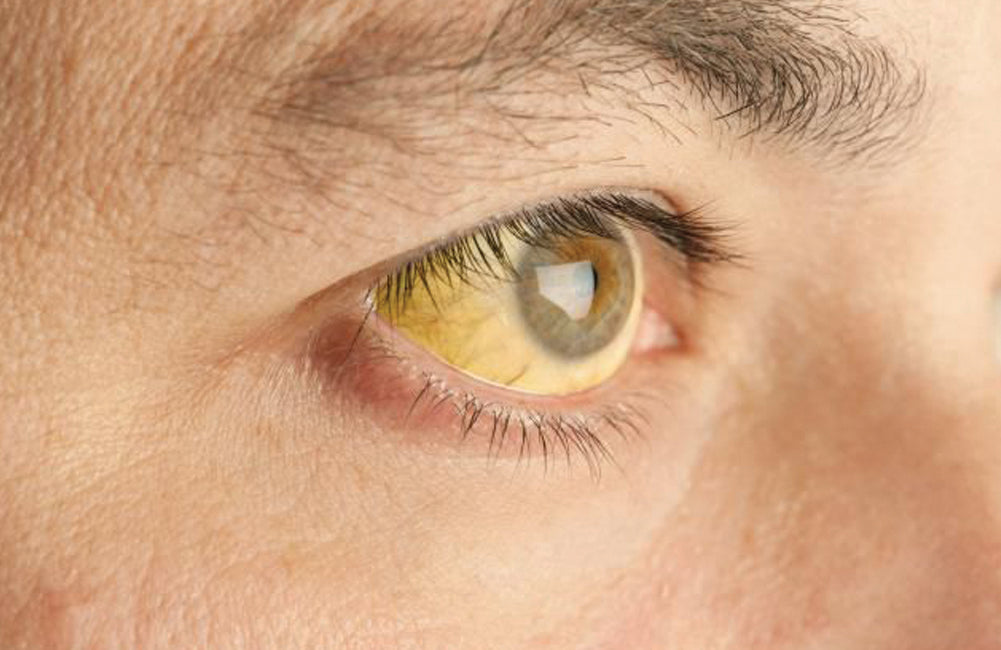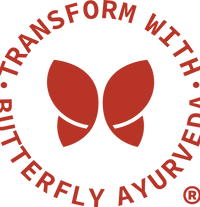
Think of your liver as a guard that keeps your house safe. Like anyone who comes to visit has to pass through this guarded system, likewise, anything that you consume - food or liquid, has to pass through the liver. It is wise to acknowledge that without the liver - it wouldn’t be possible to live.
The many functions of the liver are:
The liver receives blood from the heart and the intestines. It uses the oxygen from the blood coming in from the heart to ensure proper functioning, and filters the blood that comes in from the intestines that contain - carbohydrates, fats, vitamins and other nutrients from the food consumed. The carbohydrates are broken down into sugars for the body to use as energy.
It also creates plasma proteins that transport fatty acids and help form blood clots, and cholesterol that helps create hormones in the body.
One of the main substances that it produces is bile - a greenish yellow fluid. This fluid helps break down microbes, fats and neutralize extra stomach acid. It also carries toxins and byproducts to the gallbladder, and then to the intestines so as to excrete it out of the body.
However, when there is an overload of toxins due to unhealthy diet and lifestyle and/or damage caused to the liver, the accumulation of excess toxins can cause various liver problems. Like if your guard is away, there’s more risk of harm to your home.
Some problems related to the liver and causes of liver disease are:
Viral hepatitis: An inflammatory condition of the liver, commonly caused by toxic agents or viruses present in the water, food, contaminated injections or through sexual encounters.
Symptoms: mild to severe fever, enlarged and tender liver, anorexia, uneasiness, diarrhea, nausea, loss of appetite, abdominal discomfort, dark-colored urine and yellowing of skin and eyes.
Jaundice: Caused by the accumulation of bilirubin (a waste product in the blood). Hyperbilirubinemia may be due to an inflamed liver or an obstructed bile duct causing abnormalities in the formation, transport, metabolism and excretion of bilirubin.
Symptoms: yellow colored skin, yellow sclera, dark yellow urine and pale stools, pruritus (itching), fatigue, chronic abdominal pain (typically indicating a blockage of the bile duct), severe weight loss and vomiting, fever.
Non Alcoholic Fatty liver disease: Some fat on the liver is normal, but when it starts to accumulate to greater than 5-10 percent, it can lead to permanent liver damage and cirrhosis. It also increases the chance of liver failure or liver cancer. Causes of nonalcoholic fatty liver are obesity diabetes mellitus high triglycerides, diet, genetics, and hepatitis.
Symptoms: Most of the patients are asymptomatic or with enlarged liver, fatigue, pain in the upper right abdomen. Other risk factors include rapid weight loss, and high cholesterol, obstructive sleep apnoea, metabolic disorders.
Alcoholic Fatty liver disease: Excessive alcohol intake and abuse can lead to fatty liver, hepatitis and cirrhosis.
(Early) Symptoms: abdominal (tummy) pain; loss of appetite; fatigue; feeling sick; diarrhea; feeling generally unwell.
(Advanced) Symptoms: swelling in the legs, ankles and feet, due to a buildup of fluid (oedema), swelling in your abdomen, due to a buildup of fluid known as ascites, a high temperature (fever) and shivering attacks, very itchy skin and hair loss, unusually curved fingertips and nails (clubbed fingers), significant weight loss, weakness and muscle wasting, vomiting blood and black, tarry stools due to internal bleeding
Cirrhosis: Occurs due to liver injury, hepatitis, non alcoholic fatty liver or chronic alcohol abuse. As the liver tries to halt inflammation, it produces areas of scarring (fibrosis). With continued inflammation, fibrosis spreads to take up more and more of the liver tissue, causing more harm.
Symptoms: During the early stage of cirrhosis, the patient will feel tired and weak, their palms may be blotchy and red, they lose more weight, have itchy skin, insomnia, abdominal pain and tenderness, accompanied by a loss of appetite.
Tips for maintaining a healthy liver
Along with a balanced and healthy diet that includes less fried, fatty foods and more fibre, regular exercise and physical activity, make sure you take the following steps to reduce the risks of liver disorders :
Limit alcohol and cigarette consumption or quit altogether.
Try natural liver detoxifiers or supplements to aid removal of toxins and secretion of bile.
Be careful in cases of infected blood or any other infected body fluid. Avoid sharing razors and razor blades, tooth brushes, etc.
Maintain a healthy weight and take care of your diet.
Getting vaccinations for Hepatitis A and B is extremely important for liver disease prevention.
Getting a regular medical check-up will keep you aware of your overall health and well-being.

Comments (0)
Back to News